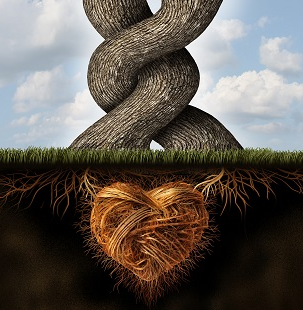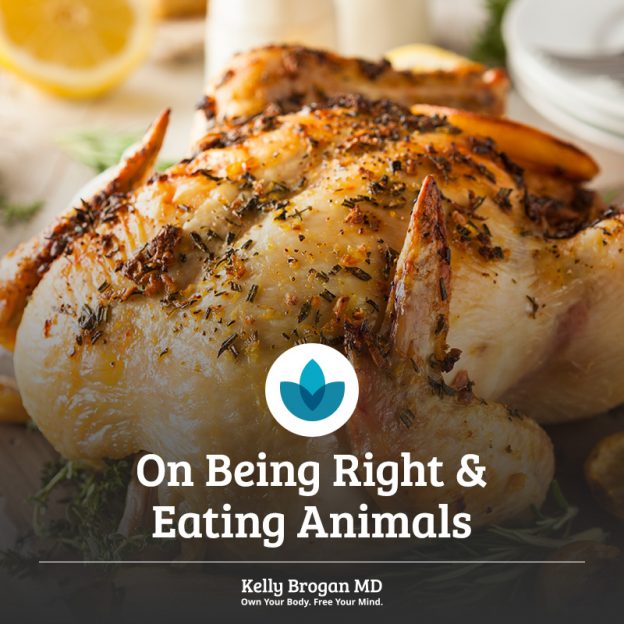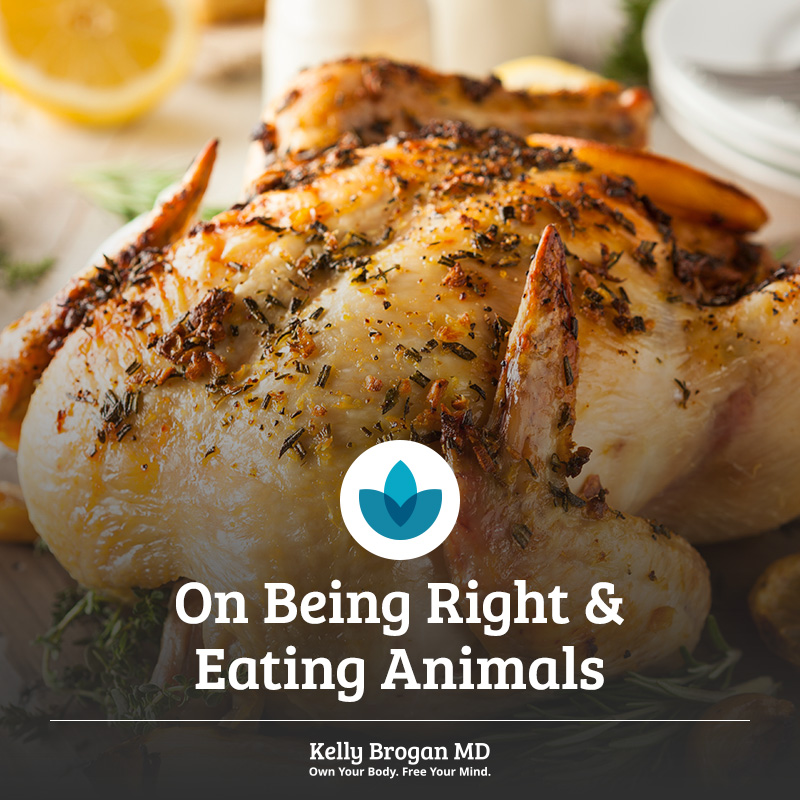
“I want you to know that I’m starting my own religion.” My 15-year-old daughter triumphed. Something inside was weighing on her and this declaration released a measure of heaviness. It was hot and humid, mid-July. We were visiting her up at camp in the Poconos for Visiting Day with the requisite goodies, replacement flip flops for those lost in the mud and bug repellant for me.
We halted our picnic lunch preparation and digested this new information. My daughter’s eyes shone with purpose. Her desire for unity and compassion for all people inspired internal unrest and she wanted to take action as a result. It was awesome. “I’m calling it Happy-ism and you have to be happy to be accepted. That’s the only way you can get in.”
A religion based on happiness. Interesting. Would I qualify as happy enough for her religion? Other than the fact that I’m her mom and teenagers have this magic radar that detects Mom as POS (parent over shoulder) with cosmic accuracy, would my happiness factor make me eligible?
My kids are my most profound teachers. From the moment I entered parenthood, my children began teaching me about patience and perspective, unconditional love, empathy and selflessness. They’ve shown me that when I can set aside frustration and embody stillness and calm, I can see and empathize with my own and other’s needs.
I looked at my daughter again and was grateful to her for serving as my guru in this moment. With a gentle exhale, I smiled and explored my daughter’s process for Happy-ism.
Could I be Happy-ish? What is happy anyway? Is it the absence of sadness or pain, or is it a sustained feeling of euphoria? Would my levels be tested periodically? From one moment to the next the amount of happiness I have is impacted by the context of my changing life, so I may be eligible now, but not necessarily in fifteen minutes from now.
I wondered if there had been any data collected recently that measured the happiness levels of my fellow Americans. I was curious whether I’d have many fellow Happy-ism colleagues. It turns out that according to the 2016 Happiness Index, the Harris Poll, American’s aren’t all that happy. Only 30% reported feeling happy, with women slightly more happy than men and married people slightly more happy than singles. It’s also notable that Americans were less happy in 2016 than they were in 2015.
This data struck me as strange because in the past few years we’ve seen a trend toward internal growth efforts, consciousness and awakening. People have been seeking practices that naturally relieve the aches of emotional and spiritual suffering. Consequently, wouldn’t you think we’d report higher levels of happiness?
Many of us have regular yoga and meditation practices. We eat healthy food and vision board for our goals, but on a day to day basis, we struggle to find a balanced state of happy. We are all authorities of “Joy” when things are going well, yet after a string of disappointments and frustrating circumstances, we may ask you to talk to the hand. We can’t always control our environment and certainly can’t control context, so where do we go to learn to be happy?
Karen came in to Tournesol the first Wednesday in August for her energy session on the Vibroacoustic table. Forlorn with shoulders hunched, she sighed a wistful exhale and plopped herself down in a heap on the water table. “Carey, can’t you just fix me? I want to feel happy.” The right edge of my mouth curled up ever so slightly and my eyes softened. I recognized that feeling of defeat. I walked a couple steps from the table to the vibroacoustic mixing board to choose the individual vibrational frequencies that would bring her body and mind into flow, into balance. We began her treatment and I opened my heart.
“Fix me,” is a common request in my practice and I hate to disappoint, I really really do. Ask anyone who knows me. But when I go into the Vibroacoustic Sound Therapy room and it’s just you, the furniture and me, I tell you something you don’t want to hear.
I’m not going to fix you.
I remember once in marriage counseling my ex husband and I asked the therapist how long it would take her to fix our marriage. There was an awkwardly lengthy pause after our question and in that space my pulse picked up speed. Why wasn’t she answering? Were we not fixable?
Our therapist shifted in her seat, uncrossed then re-crossed her legs. “Well, you see, these things take time,” she finally answered in her matter of fact way. My heart sank. I didn’t want to have to go home and sit with this heavy feeling any more. Her refusal to fix us in a timely manner made me question her and her practice entirely. Our 50 minutes with her had been a waste and I wondered if there was any hope for us. Looking back, it never occurred to me then to be open to and embrace the process of recovery. I didn’t see the value in a method that might take some time.
Eight years later I now understand where she was coming from. When I work with people now, I impart similar wisdom. However, you should know that while I won’t fix you, I will help you experience flow and balance and will serve as a guide to teach you how to grow and how to Happy.
Happy, the verb, is something you do. It is something you work at every day. Do you grow muscles by going to the gym once? No, you have to make it a regular practice to notice improvement. Growth happens over time.
As far as I can tell, 45 years into this life, the key to Happy-ing begins by soft-heartedly accepting life’s challenges, releasing the need to be right and releasing judgments and beliefs. When we resist the challenges life circumstances present, we increase the amount of suffering we feel. What was it my Aunt Carol said about visitors and fish? They both smell bad after three days. Same thing goes for the internal clutter that builds up when we resist challenging circumstances.
I’d bet twenty bucks you already know all this. You’ve probably experienced it countless times. I have too. So, why do we still resist? Our human nature leads us to tighten when challenged, but doing so causes us to suffer in the long run. I want to Happy, so why is the pull of inertia so strong? Even more confusing is that so many of us are waking up, are becoming conscious, but this awakening isn’t translating into sustainable clarity and happiness.
I think it’s because deep down inside we are hard wired to have to work for it – all the time, every single day in body, mind and spirit. You can’t meditate, detox and go to yoga class then cheat on your boyfriend and wonder why you’re still not a warrior of all things Zen.
In the end, I believe Happy-ish people practice stepping out of the ring of fire and into the heart centered space of empathy for themselves and for others. My guru, teacher, colleague and friend, the wise, wise Dr. Stephen Cowan taught me that Conflict multiplied by Resistance equals the amount of Suffering we feel. Reduce your suffering, increase your Happy-ing and always remember to forgive yourself for being human.
Originally posted at Tournesol Wellness on September 6, 2017




 I’ve always been allergic to dogma. In any institutional setting – educational, religious, medical, and most definitely, airport! – I find myself developing hives and hot flashes whenever I need to follow rules that make no sense. I made a beeline to self-employment. To me, rules for rules sake tend to represent, at their core, a fear-based attachment to “safety” over freedom.
I’ve always been allergic to dogma. In any institutional setting – educational, religious, medical, and most definitely, airport! – I find myself developing hives and hot flashes whenever I need to follow rules that make no sense. I made a beeline to self-employment. To me, rules for rules sake tend to represent, at their core, a fear-based attachment to “safety” over freedom.